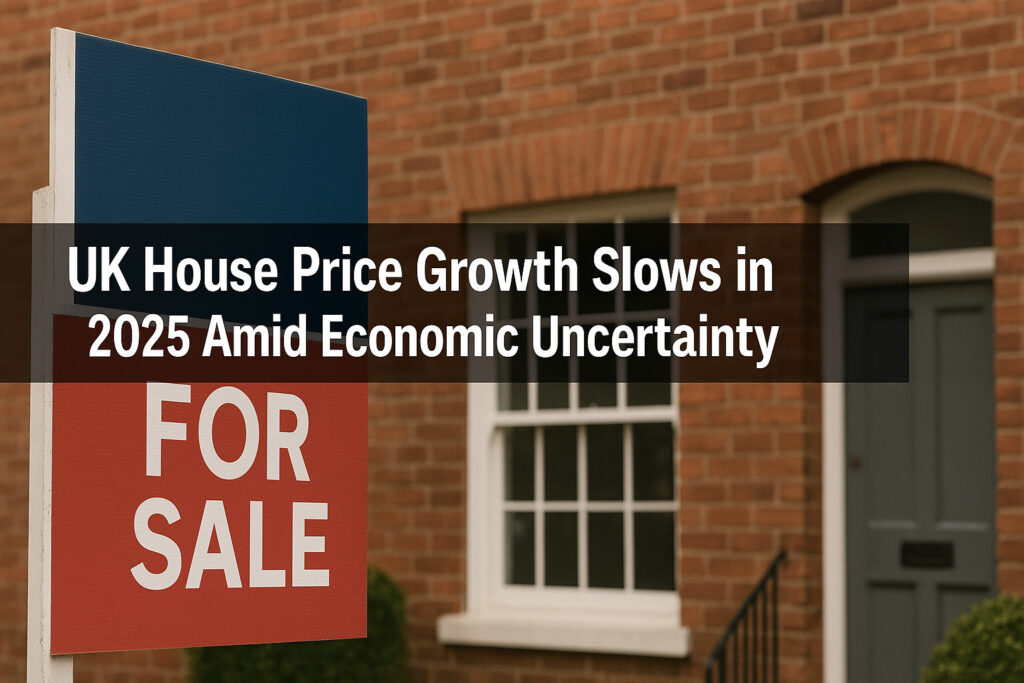A recent surge in downsizing intentions is reshaping London’s property landscape.
Nearly 25% of London homeowners are actively considering downsizing their properties, with the driving motivations rooted in financial freedom, cost-of-living pressures, and a desire to release equity.
This trend marks a substantial shift in homeowner sentiment, particularly among those nearing retirement or seeking to adapt to post-pandemic lifestyle changes.
The combination of rising energy bills, increased mortgage costs, and remote work flexibility pushes many homeowners to reassess their living arrangements.
Key Motivations Behind the Downsizing Decision
Equity Release and Financial Flexibility
Downsizing allows homeowners to unlock equity from their current properties.
With London property values among the UK’s highest, even modest homes in the capital hold substantial capital.
Selling a larger home and purchasing a smaller one—often outside Zone 1 or even outside London—frees up significant financial resources. This extra capital can be redirected towards:
Supplementing retirement income
Assisting family members with property purchases
Investing in alternative asset classes
Clearing existing debts or mortgages
Rising Cost of Living
In 2025, inflation and high interest rates remain persistent concerns. As household costs rise, homeowners with large properties are increasingly burdened by:
Elevated Council Tax bills
Higher energy consumption due to larger living spaces
Increased maintenance and repair costs
Growing insurance premiums
Smaller properties mean lower running costs, which aligns with a widespread push for financial sustainability.
Lifestyle and Health Considerations
For many older homeowners, downsizing is a move toward age-friendly living.
Single-floor properties, proximity to healthcare facilities, and better transport links make downsized homes more accessible.
Additionally, remote working patterns have made living near central London less necessary, encouraging a move to quieter, more affordable suburban areas.
Regional Patterns: Where Are Downsizers Going?
The preferred destinations for London downsizers often include:
South East England – Surrey, Kent, and Sussex offer good infrastructure with lower property prices.
East Anglia – Essex and Suffolk provide coastal and countryside living, with strong rail links back to the capital.
Midlands and North England – With significantly lower average house prices, these regions attract those seeking maximum capital gain from selling in London.
Migration Trends of London Downsizers
London homeowners are moving to different regions in search of better affordability and lifestyle.
Many are relocating to the South East, including areas like Surrey, Kent, and Sussex.
Others are heading to East Anglia, such as Essex and Suffolk.
A portion are choosing the Midlands, including cities like Birmingham and Leicester.
Some are moving further north to cities like Manchester and Leeds.
The common reason across all these moves is lower property costs in these regions compared to London.
This in turn leads to increased savings and overall lifestyle benefits for downsizers, such as reduced living expenses, less maintenance, and a simpler lifestyle.
The Impact on the London Property Market
Increased Supply of Larger Homes
The rise in downsizing is injecting supply into the family home segment—particularly 3-4 bedroom houses in Zones 2-5.
This shift presents opportunities for:
Growing families seeking to upsize
Investors looking for capital growth.
Developers targeting renovation and resell strategies.
Demand Pressure on Smaller Homes
With downsizing demand increasing, smaller properties—especially bungalows, flats, and 2-bedroom homes—are becoming more competitive. This leads to:
Increased bidding activity
Rising prices in traditionally affordable zones
More significant pressure on stock levels, particularly in high-demand suburbs
The Role of Estate Agencies and Financial Advisors
Downsizing is not simply a housing decision—it requires strategic financial planning and property guidance.
Estate agencies with deep knowledge of local London markets and suburban/regional property trends are best positioned to support this growing demographic.
We recommend a consultative approach involving:
Equity calculations and market appraisals
Tailored relocation plans
Assistance with EPC upgrades and compliance with selling
Legal support for downsizers navigating probate, capital gains, or inheritance planning
Government and Policy Considerations
There are growing calls for policy support to assist downsizers, including:
Stamp duty reductions for older homeowners
Incentives for building more accessible housing
Council tax flexibility for retirees
Should such policies gain traction, we anticipate an acceleration in downsizing activity over the next 12–24 months.
Conclusion: Downsizing is Reshaping London’s Housing Future
Downsizing is no longer a fringe decision—it’s becoming a mainstream strategy among London homeowners.
As nearly 1 in 4 prepare to make this move, the ripple effects will redefine housing supply, property prices, and regional migration patterns across the UK.
Estate agents, investors, policymakers, and developers must all note that the downsizer is now a pivotal force in the housing market—and their influence is only growing.





